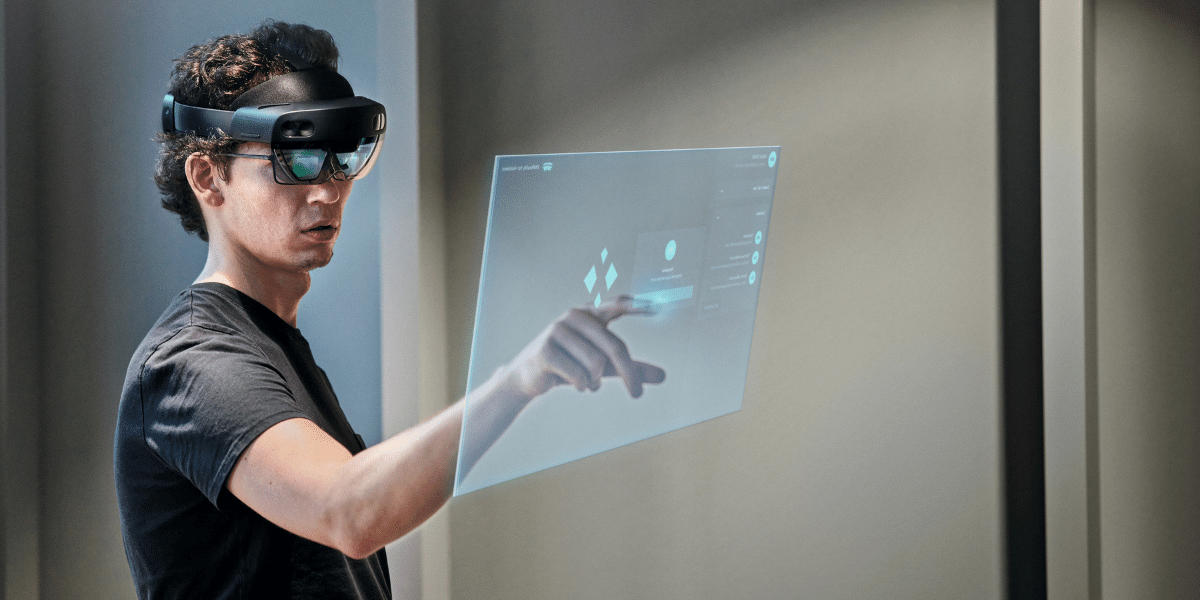Welcome back to AWE Talks, our series that revisits the most engaging content from AWE’s catalog of conference sessions. To gear up for AWE USA 2023, we're diving into the most insightful and evergreen sessions from recent AWE events.
This week, we take a deep dive into XR hardware and software design, as well as the user research that's required to make it all work. A mega panel of product folks and UX researchers breaks down all the key considerations.
See the summarized takeaways below, along with the full session video. Stay tuned for more video highlights each week and check out the full library on awe.live and AWE’s YouTube Channel.
And check out the AWE USA 2023 speakers and agenda, just added...
Speakers
Danny Carson: Senior Director, Magic Leap
Joelle Zimmermann: Lead Scientist, User Research, Magic Leap
Thom Gable: Senior User Researcher, Microsoft
Yan Xu: UX Research Scientist, Meta Reality Labs
Marina Kuznetsova: Principal User Research Manager, Microsoft
Zhen Bai: Assistant Professor, University of Rochester
Travis Bowles: User Experience Research Manager, Meta
Key points and insights:
- Interaction design is a field of product development often underappreciated.
- This is especially so in XR, given the UX nuances of 3D and immersive content.
- We're talking everything from controls/inputs to digital interactions that feel real.
- User research is the key to gain a sense of how people experience these factors.
- The name of the game is diverse research subjects, with varying tech experience.
- All this applies to software and UX, as well as hardware... and how they interplay.
- With headworn AR for example, it has to fit several head shapes and sizes.
- Additionally, rich graphical interfaces (e.g., Magic Leap 2) mean heat and bulk.
- That has to be reconciled with the need for something that's comfortable.
- On the software side, users have to likewise feel comfortable with interactions.
- That can include everything from gestural inputs to how their avatar looks.
- For the latter, it's all about letting users represent themselves how they wish.
- One challenge in all the above is that XR is so new, so the playbook is light.
- This makes interaction design an exercise in creating a map for the first time.
- Fortunately, deep-pocketed tech giants are doing the hard pioneering work.
- Smaller XR players can learn from their mistakes or follow paths they've blazed.
- All the above will continue to be a key area of R&D as XR's lifecycle commences.
 Want more XR insights and multimedia? ARtillery Intelligence offers an indexed and searchable library of XR intelligence known as ARtillery Pro. See more here.
Want more XR insights and multimedia? ARtillery Intelligence offers an indexed and searchable library of XR intelligence known as ARtillery Pro. See more here. 


